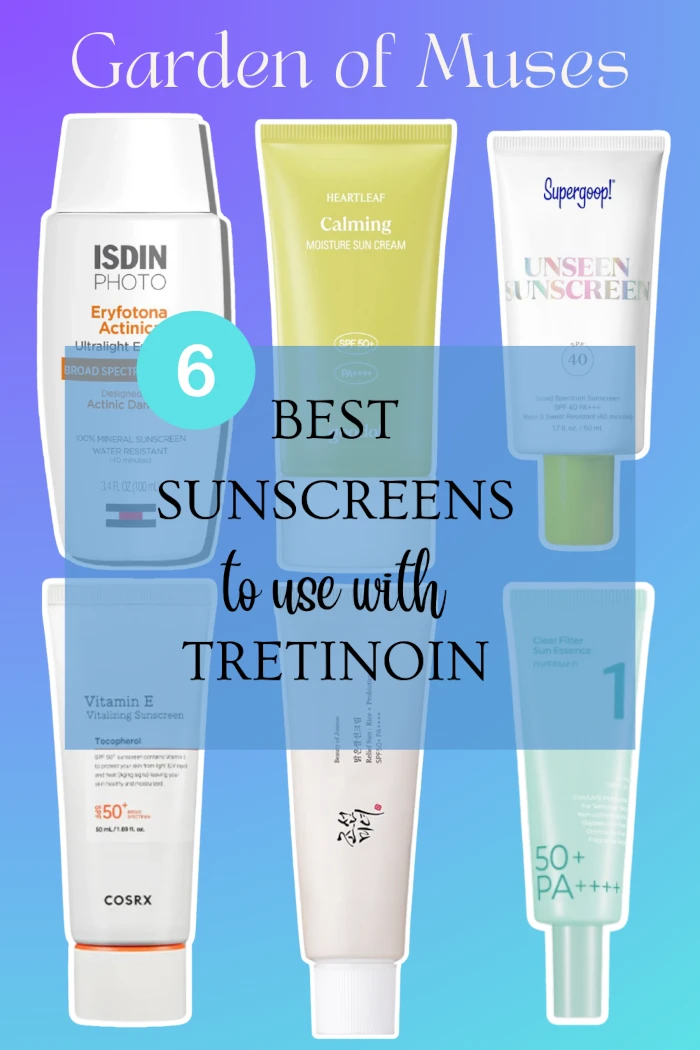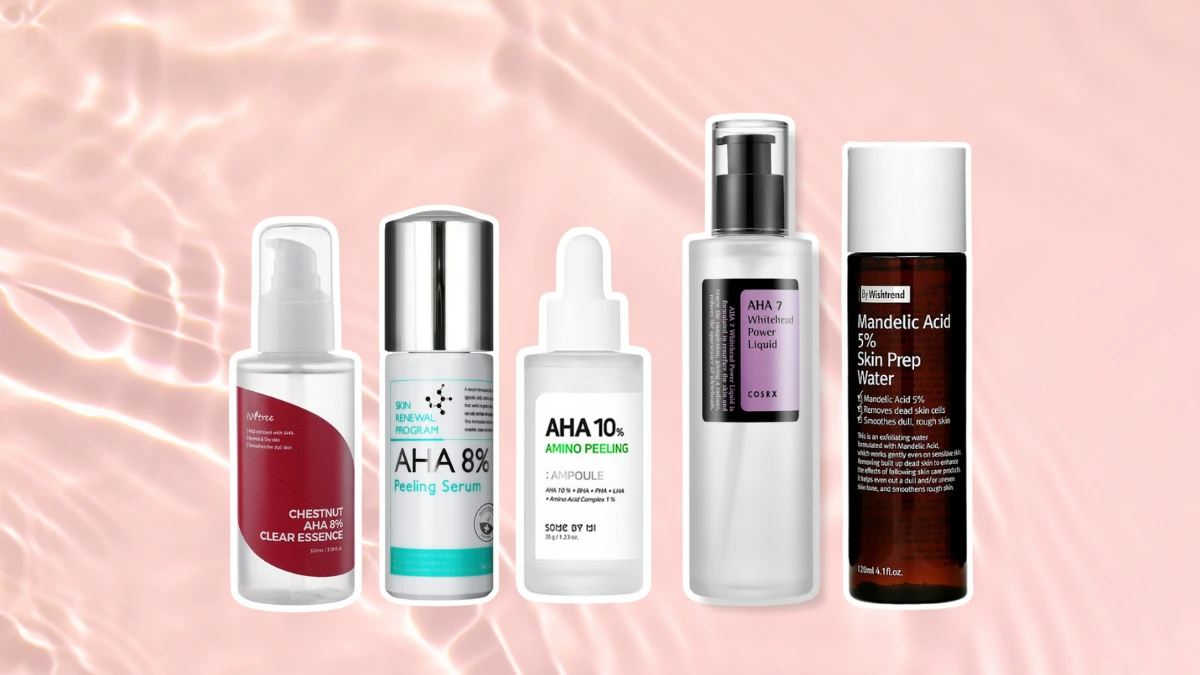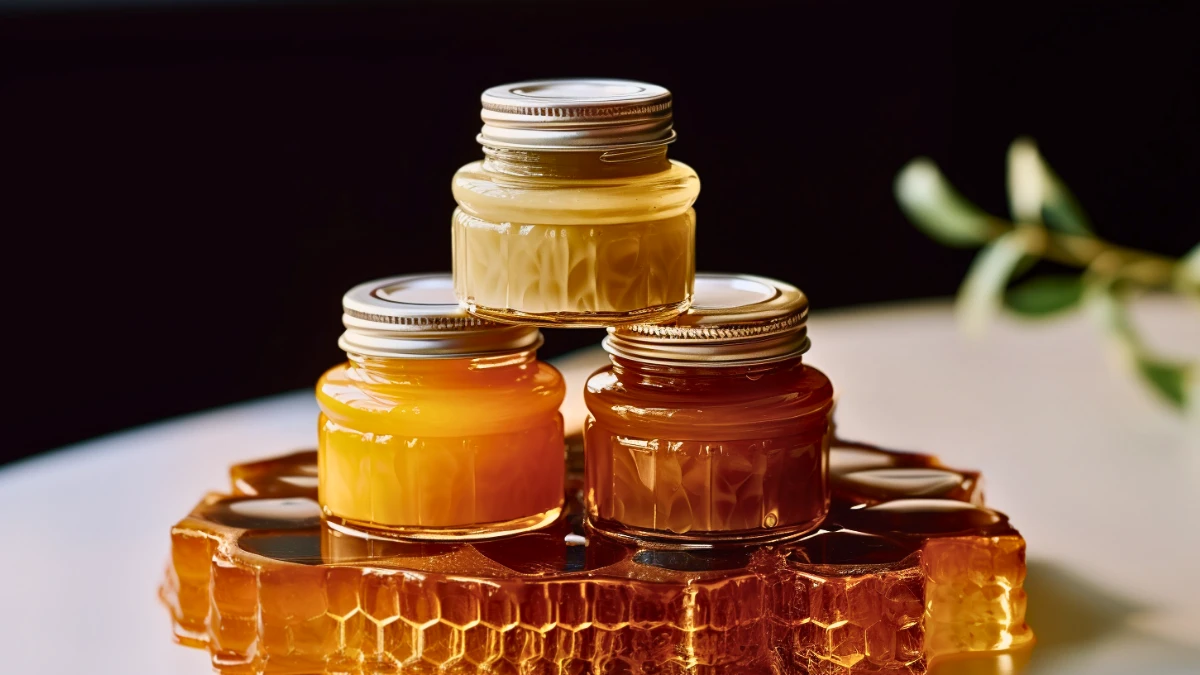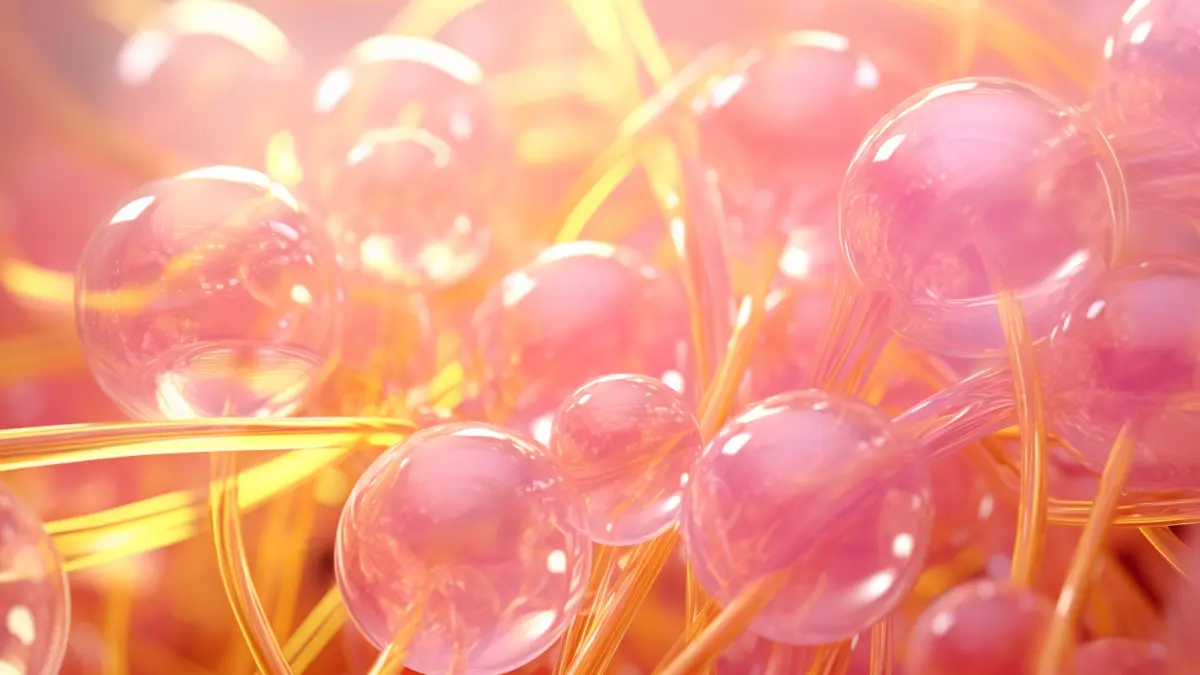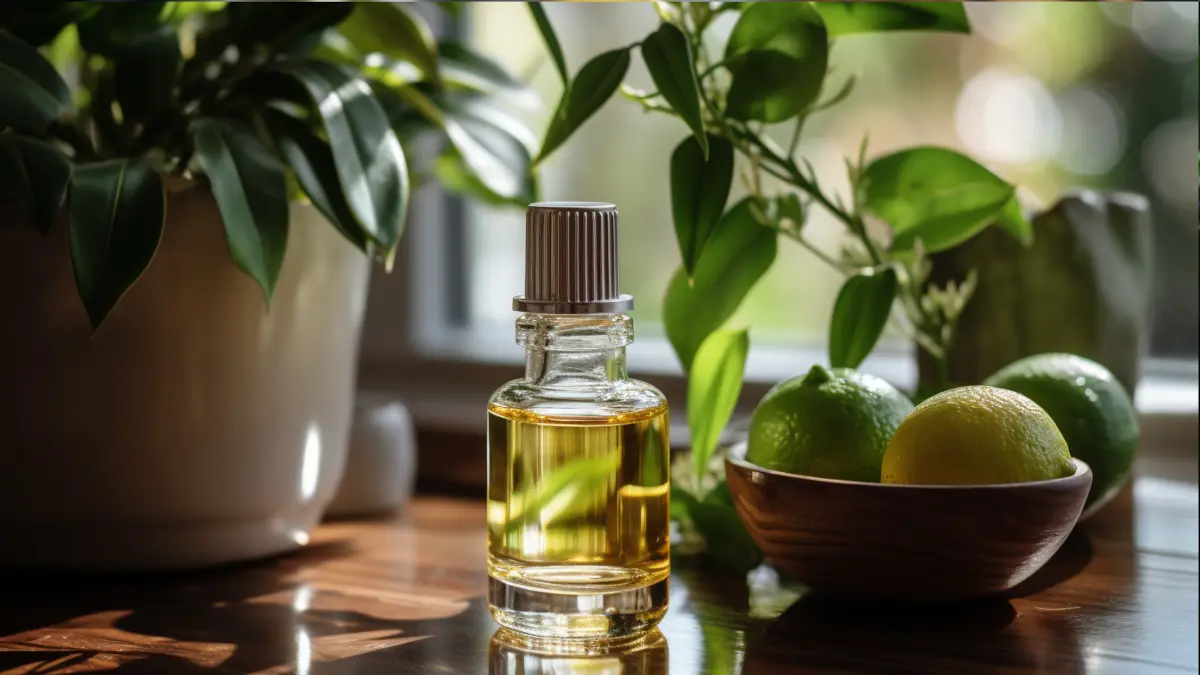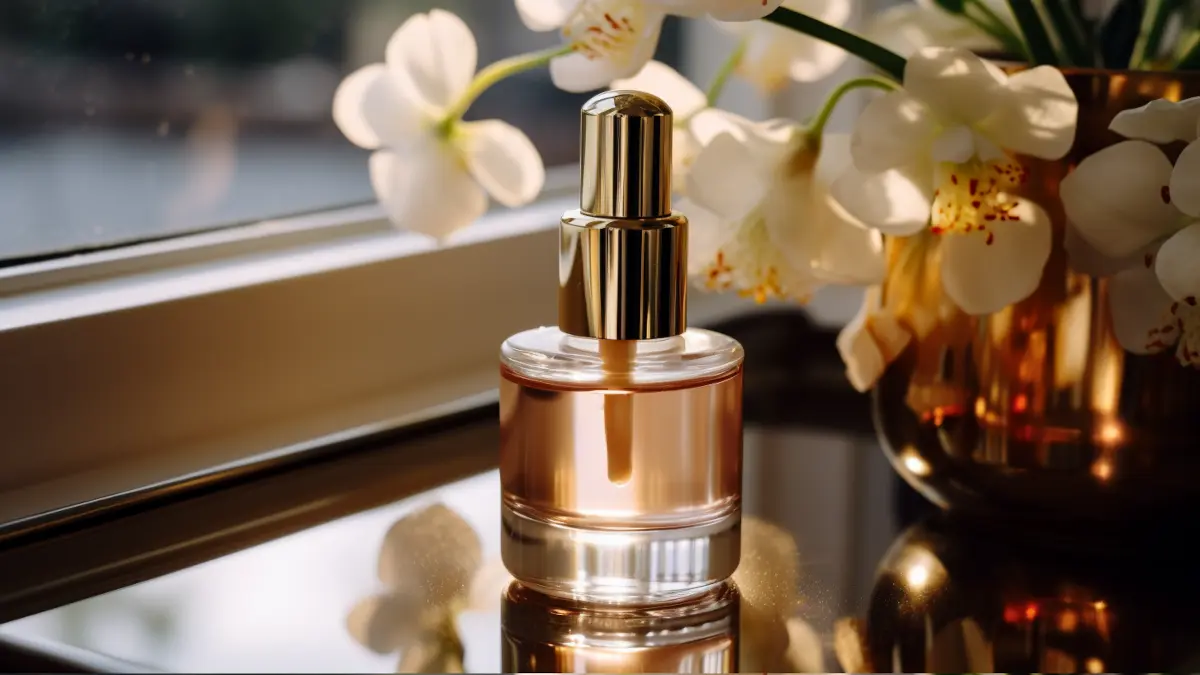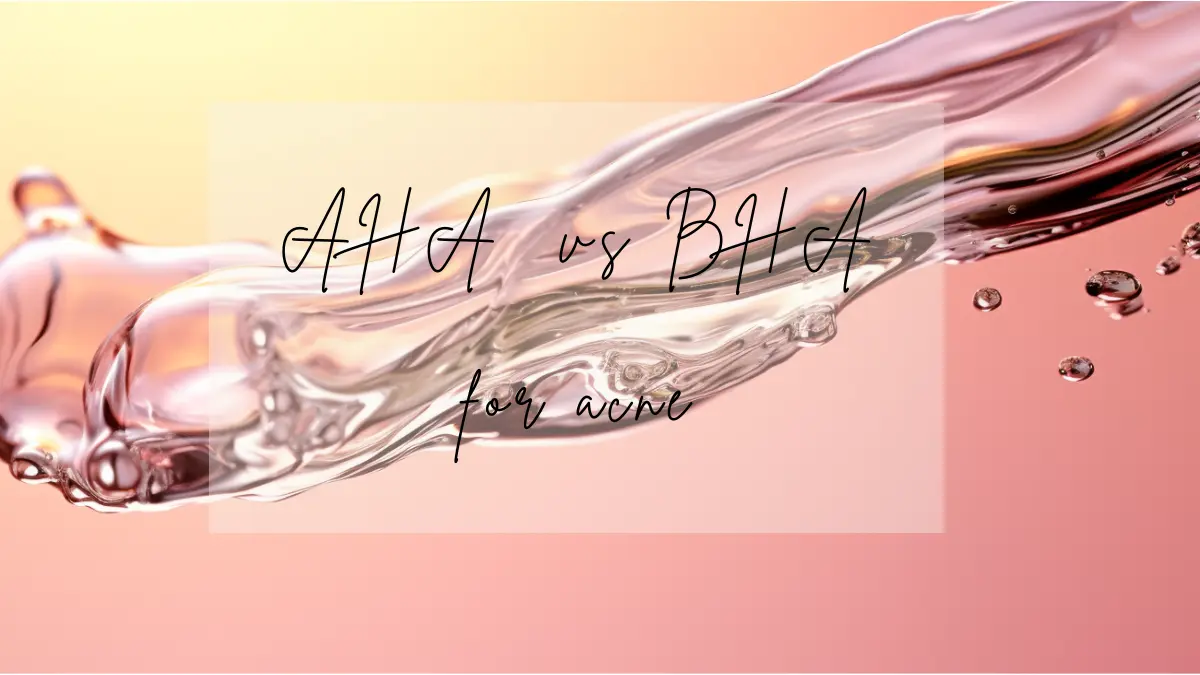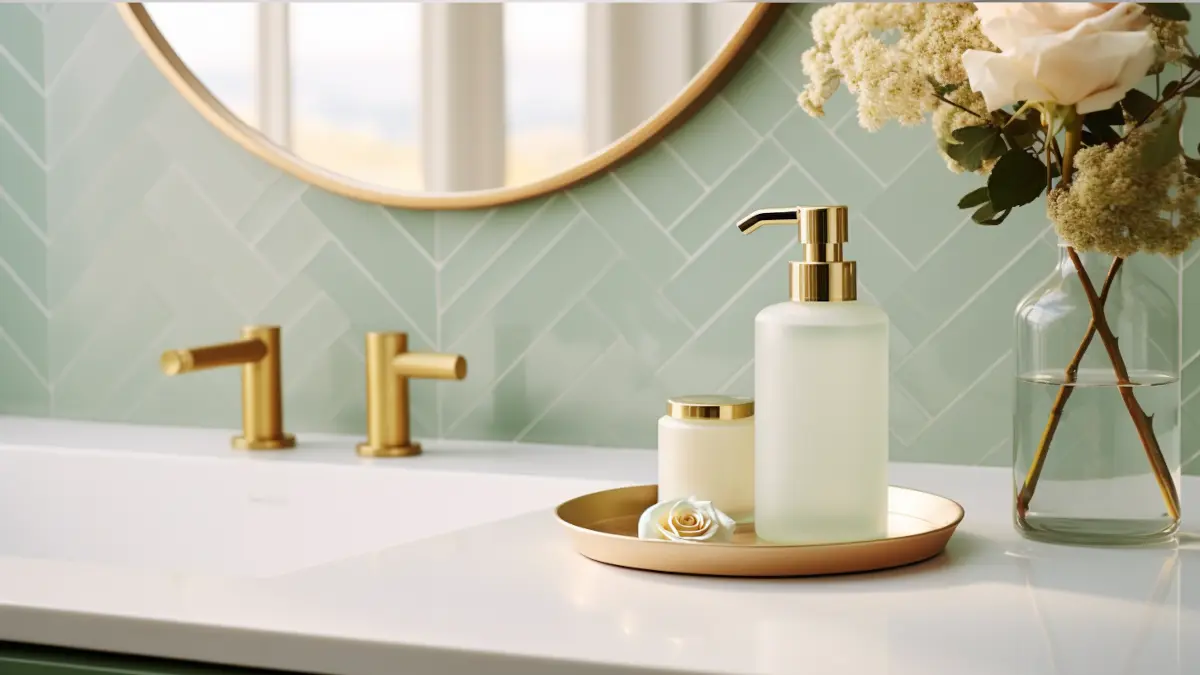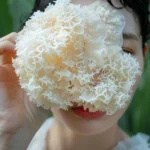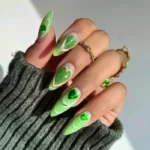Starting tretinoin can be a rollercoaster of emotions, from “OMG! My skin looks incredible!” to “OMG! Half My Face Is Flaking off at the Office!” or worse, “OMG! Even moisturizer stings!”
When starting tretinoin, the irritation that occurs during the early phases of retinization could be discouraging.
Moreover, if you are too eager to get that tret glow immediately, you might feel encouraged to start too fast or with a too strong potency medication. That could lead to the disruption of your protective skin moisture layer or even damage your skin barrier.
A healthy skin barrier that functions optimally is essential for good skin health. The continuous use of prescription retinoids significantly disrupts the function of the outer skin barrier.
The barrier disruption resulting in the penetration of external elements and skin-caring ingredients triggers a destructive cycle of chronic inflammation and further damages the barrier.
Topical tretinoin compromises the stratum corneum barrier, leading to irritation. Tretinoin users can detect skin barrier function abnormalities several months after stopping prescription retinoids.
[Editor’s note: Retinoids shouldn’t be used by those who are pregnant, considering getting pregnant, or nursing. Please consult with your doctor before use.]
Can Tretinoin Damage the Skin Barrier?
Put shortly: yes, it can if you don’t use it properly.
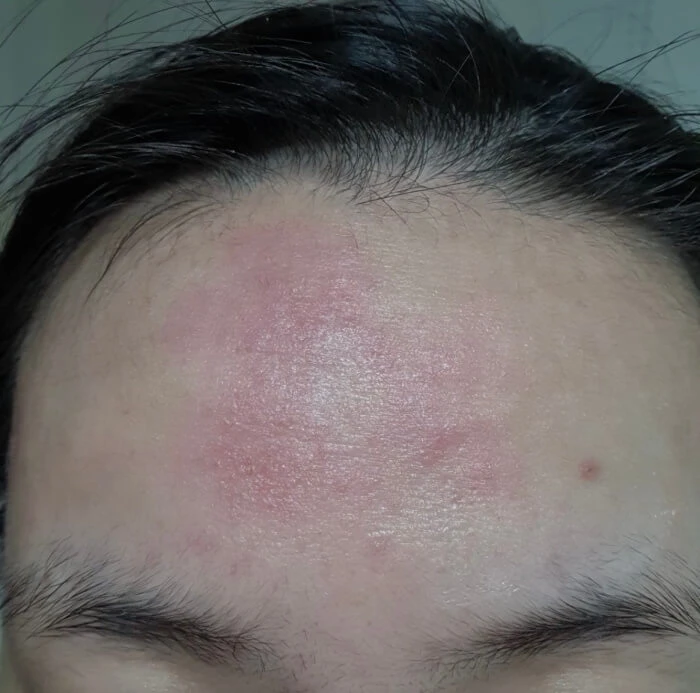
First, you need to read the rest of our tretinoin articles.
How to Protect the Skin Barrier while Using Tretinoin?
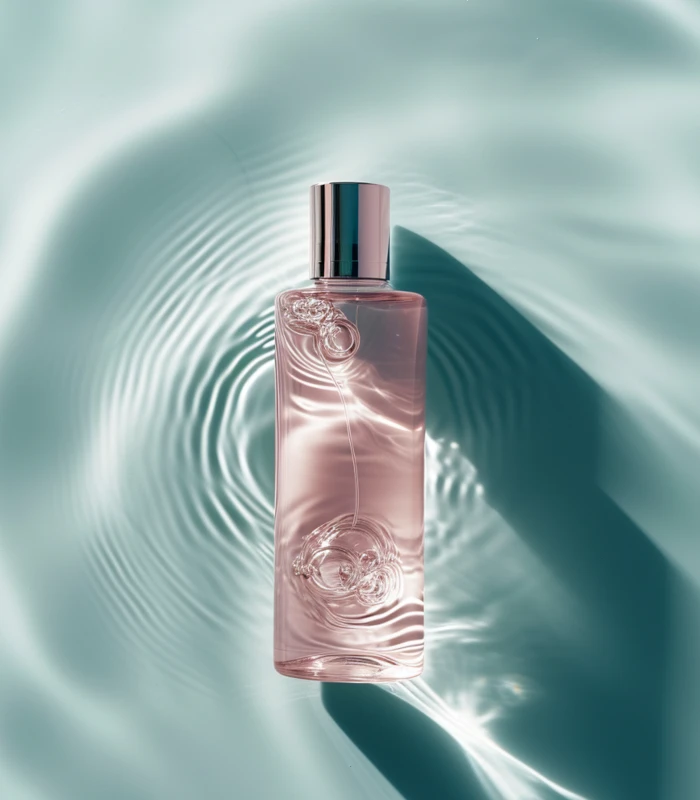
When starting tretinoin, it’s best to stop using other active ingredients (other than sunscreen actives, they’re essential now) so you don’t overdo it and irritate your skin. Tretinoin is powerful and addresses everything from acne to aging, so it’s not a bad idea to strip your routine back at first and then slowly add other actives. After about three months of using tretinoin, I could reintroduce my weekly mandelic acid peel (though I skipped the retinoid the day before and the day of the peel) without irritation.
If your skin is especially sensitive or dry, you may want to start slowly to ease your skin into the extra-strength skin treatment. My derm advised me that tretinoin is still effective if used every other night or even every third night, so if you’re experiencing redness or irritation, step back to alternating nights to give your skin a break. Give your face extra TLC on off nights with a gentle cleanser and a heavy, bland moisturizer. Use tretinoin with a calming, protective routine, and rest assured you won’t damage your skin’s protective barrier.
Thin, sensitive, and reactive skin should build up tretinoin use gradually, while thick, oily skin can typically handle more. Your skin can tolerate more in warm, humid months and less in the winter when the skin is dry and more easily irritated.
Skin nerd? Here’s my science-backed Complete Guide on Houttuynia Cordata, aka Heartleaf!
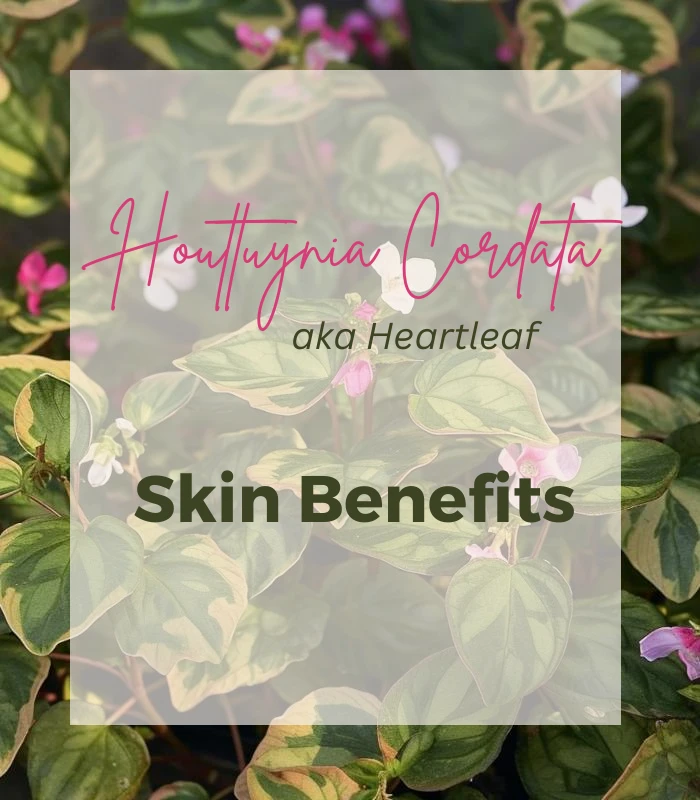
Signs Tretinoin Damaged Your Skin Barrier
- Redness
- Shiny skin
- Dryness
- Irritation to the point that even water stings.
Repairing Skin Barrier While Using Tretinoin
Ease up on Tretinoin
First and foremost, if tretinoin is the culprit for your damaged skin barrier, you should pause it until you repair it and the symptoms subside.
Ditch all the other actives, too.
Simplify
Stick to a simple but hydrating and moisturizing routine based. Think non-stripping cleanser, hydrating and calming toner, moisturizer, and SPF.
Do not try or add new skincare products or ingredients.
Moisturize
Study results show that improving the skin barrier before beginning tretinoin and using a barrier-enhancing moisturizer during therapy eases retinization and increases benefits. The barrier-enhancing moisturizer used contained a mixture of vitamins: niacinamide, panthenol, and tocopheryl acetate, along with other moisturizing ingredients to enhance stratum corneum barrier function.
How to Start Tretinoin Again after Damaging Your Skin Barrier?
Niacinamide
Add niacinamide to your skincare routine before starting retinoids.
Niacinamide has been proven to improve the skin barrier before beginning tretinoin. This was studied by a paired, double-blinded study. Women applied a cosmetic moisturizer containing niacinamide, panthenol, and tocopheryl acetate (Vitamin E) for ten weeks before commencing tretinoin treatment two weeks later.
Start Slowly
Start slowly by using tretinoin once every two or three days to build a tolerance. Start with low strength, such as 0.025.
Buffer Tretinoin
Sandwich the tretinoin between moisturizers. Use a light moisturizer before the tretinoin and a richer, more occlusive one after. Follow our complete guide to buffering on tretinoin.
Best Product for Fixing Tretinoin Skin Barrier Damage
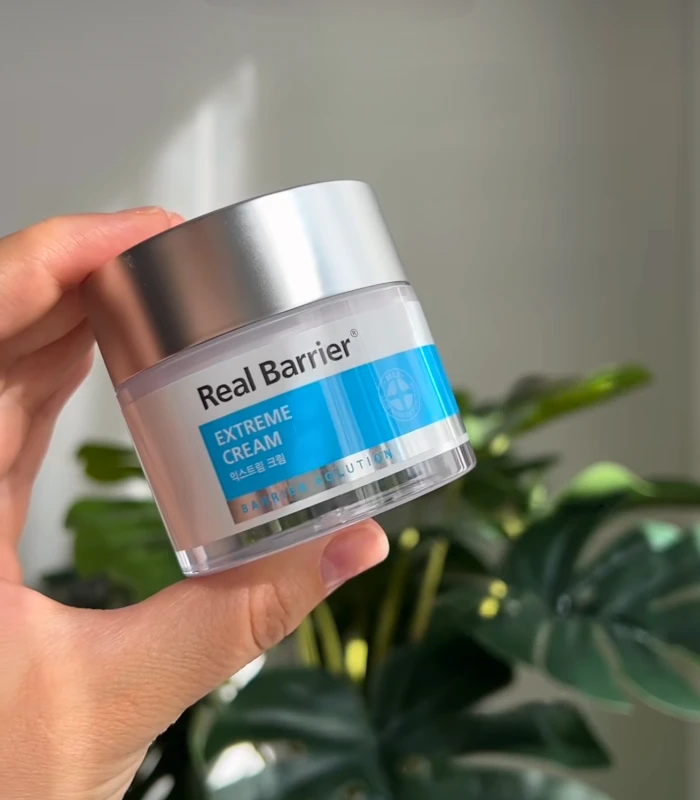
The Real Barrier Extreme Cream is a multitasker, marketed as a soothing, repairing moisturizer. It’s recommended for healing baby bottoms, helping repair skin after a chemical peel, and it’s perfect for skin at risk of becoming dry from acne treatments. I use it as my day-and-night moisturizer; it’s instantly soothing, non-greasy, and works great as a primer!
If you want to know more, read Mia’s in-depth review.
Real Barrier Extreme Cream Ingredients List (last checked 2025)
Water/Aqua, Caprylic/Capric Triglyceride, Butylene Glycol, Glycerin, Cetearyl Alcohol, Propanediol, Panthenol, Myristoyl/Palmitoyl Oxostearamide/Arachamide Mea, Glyceryl Stearate, Polyglyceryl 10 Distearate, Dimethicone, Sorbitan, Stearate, Viscum Album (Mistletoe) Fruit Extract, 1,2 Hexanediol, Limnanthes Alba (Meadowfoam) Seed Oil, Olea Europaea (Olive) Fruit Oil, Hydrogenated Vegetable Oil, Xylitylglucoside, Anhydroxylitol, Xylitol, Glucose, Tocopheryl Acetate, Phytosterols, Phospholipids, Dihydroxyisopropyl Palmoylpalmamide, Bis-Capryloyloxypalmitamido Isopropanol, Allantoin, Acetyl Heptapeptide 4, Helianthus Annuus (Sunflower) Seed Oil, Salvia Officinalis (Sage) Oil, Pogostemon Cablin Oil, Elettaria Cardamo Mum Seed Oil, Mentha Arvensis Leaf Oil, Anthemis Nobilis Flower Oil, Juniperus Mexicana Oil, Biosaccharide Gum 1, Sodium Hyaluronate, Acetyl Dipeptide 1 Cetyl Ester, Madecassoside, Stearic Acid, Carbomer, Caprylyl Glycol.
Ingredients referred from AtoPalm’s official website
Herbs Humectant/Moisturizing Active Fragrance
Show Me Proof
- Draelos ZD, Ertel KD, Berge CA. Facilitating facial retinization through barrier improvement. Cutis. 2006 Oct;78(4):275-81. PMID: 17121065.
- Lebwohl M, Herrmann LG. Impaired skin barrier function in dermatologic disease and repair with moisturization. Cutis. 2005 Dec;76(6 Suppl):7-12. PMID: 16869176.
- Effendy I, Kwangsukstith C, Lee JY, Maibach HI. Functional changes in human stratum corneum induced by topical glycolic acid: comparison with all-trans retinoic acid. Acta Derm Venereol. 1995 Nov;75(6):455-8. doi: 10.2340/0001555575455458. PMID: 8651024.


